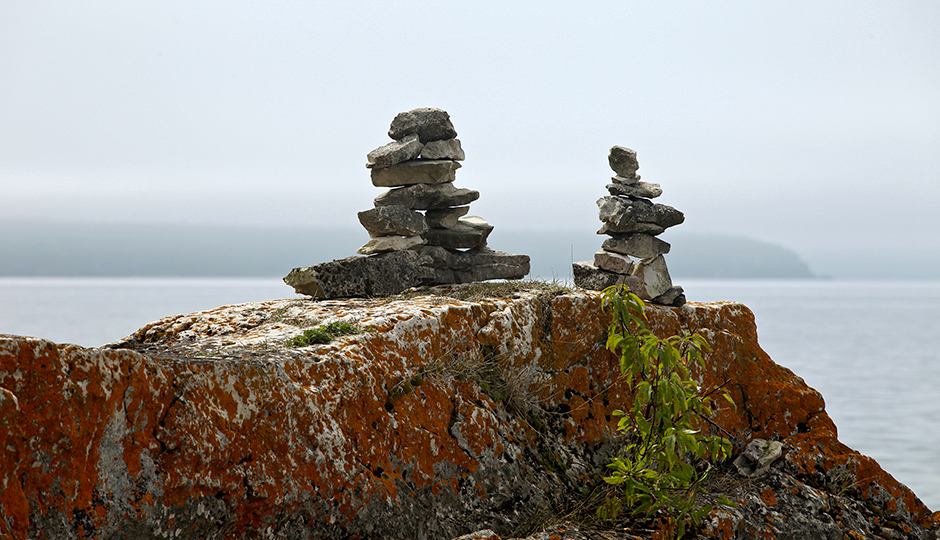Rocks are “archives” of inestimable value, a sort of crystal ball in which we can look into the past, and sometimes the future. By analyzing the microfaults present in rock samples, John Abbott College professor and researcher Heather Short and her students are able to reconstruct the history of mountain formation and understand the movements of major geological faults, such as the one that appeared in Abitibi 2.6 billion years ago. Are they stable? Could they be reactivated? Such information is of particular interest to mining companies, for it is along faults that gold deposits frequently occur.
Such information is of particular interest to mining companies, for it is along faults that gold deposits frequently occur.
Like a stack of papers that bend together or separately under horizontal pressure, rock layers are compressed when tectonic plates collide, causing the rock to deform, shift, and sometimes break. Short examines thin sections of rock collected in Val-d’Or and the Eastern Townships under the microscope. She then uses kinematic analysis to investigate the structural deformation on a microscopic scale, unraveling the tale told by the microfolds, microfaults and microfractures present in the sample. This allows her to deduce the temperature and pressure the rocks experienced in a given place and time and their movements over millions of years.
Furthermore, by studying the boundary between two rocks of different ages brought together through the deformation of the Earth’s crust, the structural geologist will be able to determine the direction in which the Laurentian Plate—which formed the Appalachians and the Logan Fault—is moving. By retracing the movement of this ancient fault through time, she hopes to better understand active faults and perhaps help mining companies to locate new gold deposits.




